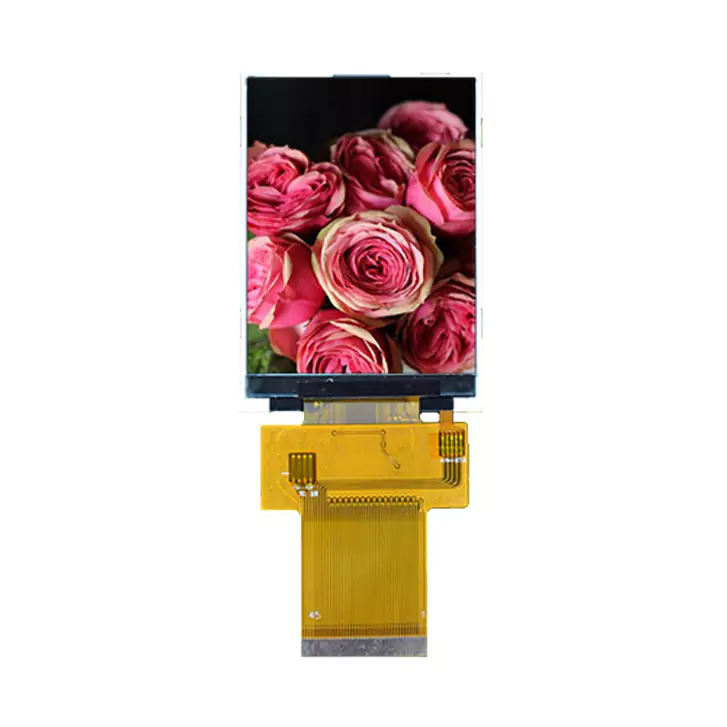Thin Film Transistor basics | 5 Options to choose from

Thin Film Transistor basics for OEM engineer designers. TFT display modules have been in production for many years and can be seen in products ranging from lap top computers and cell phones to medical equipment. We receive inquires for TFT displays from design engineers for new product designs.
Our technical support staff works with engineers to help narrow down the choices available on TFTs and have narrowed it down to five key options (or thin film transistor basics ) when selecting a color TFT LCD Display.
The 5 Thin Film Transistor basics
Color TFT displays have become standardized in the last few years. Although there are a limited number of sizes available, you have other options to consider when locating a source for your color LCD module.
Going back to the thin film transistor basics: Below are five options that a TFT supplier should explore with their customer before recommending a color module for their project.
Option 1: Diagonal Size
The first item to decide on is the diagonal size of the TFT display. Color displays are measured in inches along the diagonal. Standard sizes include 1.8”, 2.4”, 3.5”, 7” and on up.
The tooling cost to modify the glass size of the display is very, very expense and can exceed $100K. I recommend choosing a size that is closest to what you need. In other words, you will need to design your project around the size of the display and not the other way around.
Option 2: Interface Or Bus Options
There are several industry standard interfaces available for color TFT displays. These include:
- I2C
- SPI
- Parallel (8 bit/16 bit and 24 bit)
- RGB (Red/Green/ Blue)
- LVDS (Low Voltage differential Signaling)
Option 3: Touch Screens

The majority of TFT displays now contain a touch panel. TFT touch screen options include resistive, capacitive and a few newer technologies. The two most popular that we offer on our color displays are:
Resistive touch screen: This options is the lowest cost and most popular at this time, but the majority of these are limited to single touch.
Capacitive touch screen: Capacitive touch screens are more expensive, but allow multiple touches and swiping action. This is very common in cell phones and tablets. The photo below is of a capacitive touch panel installed on a TFT.

Option 4: Color Brightness
Color TFT brightness is a critical component if your product will operate in bright sun light. The more direct the sun light, the more important it is to increase your brightness.
The brightness of a LCD or LCD-backlight is measured in ‘Nits’. One nit is roughly the same amount of light produced by one candle.
Average nit values for TFT displays range from 200 nits to 1,000 nits. It is possible to modify a TFT display and increase it brightness. This involves a one-time tooling fee. The brighter display will require more power to operate and is a design concern if your product is battery powered.
Option 5: Temperature Range
Many products require the color TFT display to operate in cold temperatures. Most thin film displays will operate down to -30C.
If your product requires a display to operate below -30C, you may want to think about adding a heater to your TFT display. This is a value added service that we are able to supply. Tooling fees can start at a few thousand dollars and are necessary for a new printed circuit board (PCB) and bezel.
Another option is to use an Organic light-emitting diode (OLED) to replace your TFT. OLEDs will operate down to -40C without a heater.
At this time, the largest OLED available is a 4.6” from Samsung that is used in the Samsung® Galaxy S4.
Ready to select your color TFT display? Click here to contact our US based technical support or call us TODAY!!